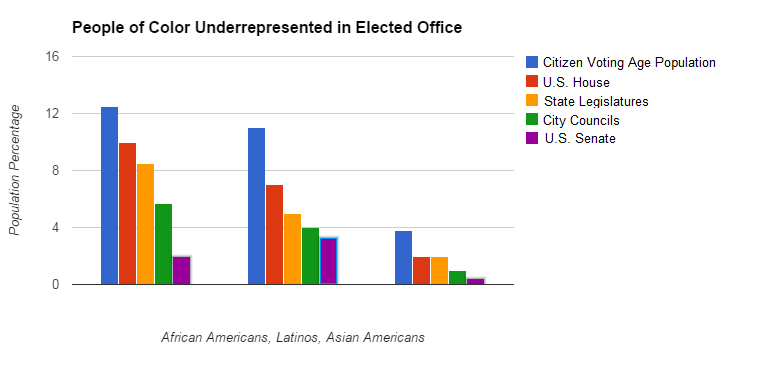 This year marks the 50th anniversary of the historic “Bloody Sunday” on March 7, 1965, in Selma, Alabama, and the enactment of the Voting Rights Act on August 6, 1965.
This year marks the 50th anniversary of the historic “Bloody Sunday” on March 7, 1965, in Selma, Alabama, and the enactment of the Voting Rights Act on August 6, 1965.
SPENCER OVERTON, via Lavina Ramchandani, lramchandani at jointcenter.org, press at jointcenter.org, @
Overton is president of the Joint Center for Political and Economic Studies, which just released the report: “50 Years of the Voting Rights Act: The State of Race in Politics.” Among the study’s key findings:
“Since 1965, the black/white racial gap in voter turnout has decreased dramatically in presidential elections. Turnout among black Southerners exceeded that of their white counterparts in four of the twelve presidential elections since 1965, and nationwide black turnout clearly exceeded white turnout in presidential elections in 2012 and perhaps in 2008.
“Local election turnout is lower and possibly less diverse. Presidential general election turnout is generally 60 percent of the voting-age population, but local election turnout averages 27 percent and in some cases is less than 10 percent. As overall turnout declines in local elections, the electorate may become less representative of the racial diversity of the community as a whole. …
“Party politics is increasingly polarized by race. Since 1960, the party identification and partisan voting patterns of blacks and whites have become sharply divided.
“Race is the most significant factor in urban local elections. In urban local elections, race is a more decisive factor than income, education, political ideology, religion, sexual orientation, age, gender, and political ideology. The 38 point racial gap exceeds even the 33 point gap between Democratic and Republican voters.
“Since 1965, the number of elected officials of color has grown enormously. Over this period, African Americans went from holding fewer than 1,000 elected offices nationwide to over 10,000, Latinos from a small number of offices to over 6,000, and Asian Americans from under a hundred documented cases to almost 1,000.
“People of color remain underrepresented in elected office. Based on the most recent data, African Americans are 12.5 percent of the citizen voting age population, but they make up a smaller share of the U.S. House (10 percent), state legislatures (8.5 percent), city councils (5.7 percent), and the U.S. Senate (2 percent). Latinos make up 11 percent of the citizen voting age population, but they are a smaller share of the U.S. House (7 percent), state legislatures (5 percent), the U.S. Senate (4 percent), and city councils (3.3 percent). Asian Americans are 3.8 percent of the citizen voting age population but a smaller share of the U.S. House (2 percent), state legislatures (2 percent), the U.S. Senate (1 percent), and city councils (0.4 percent).”